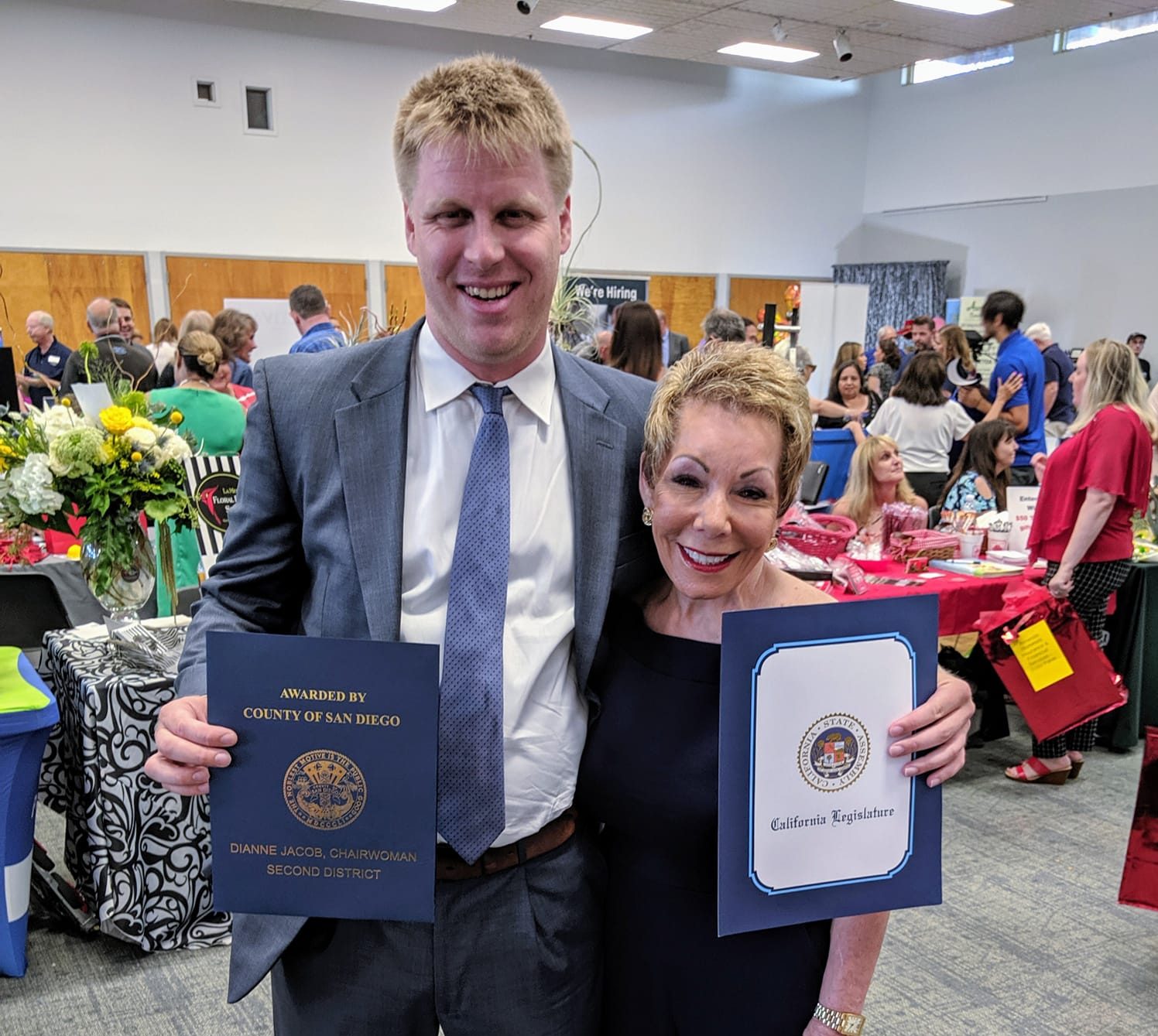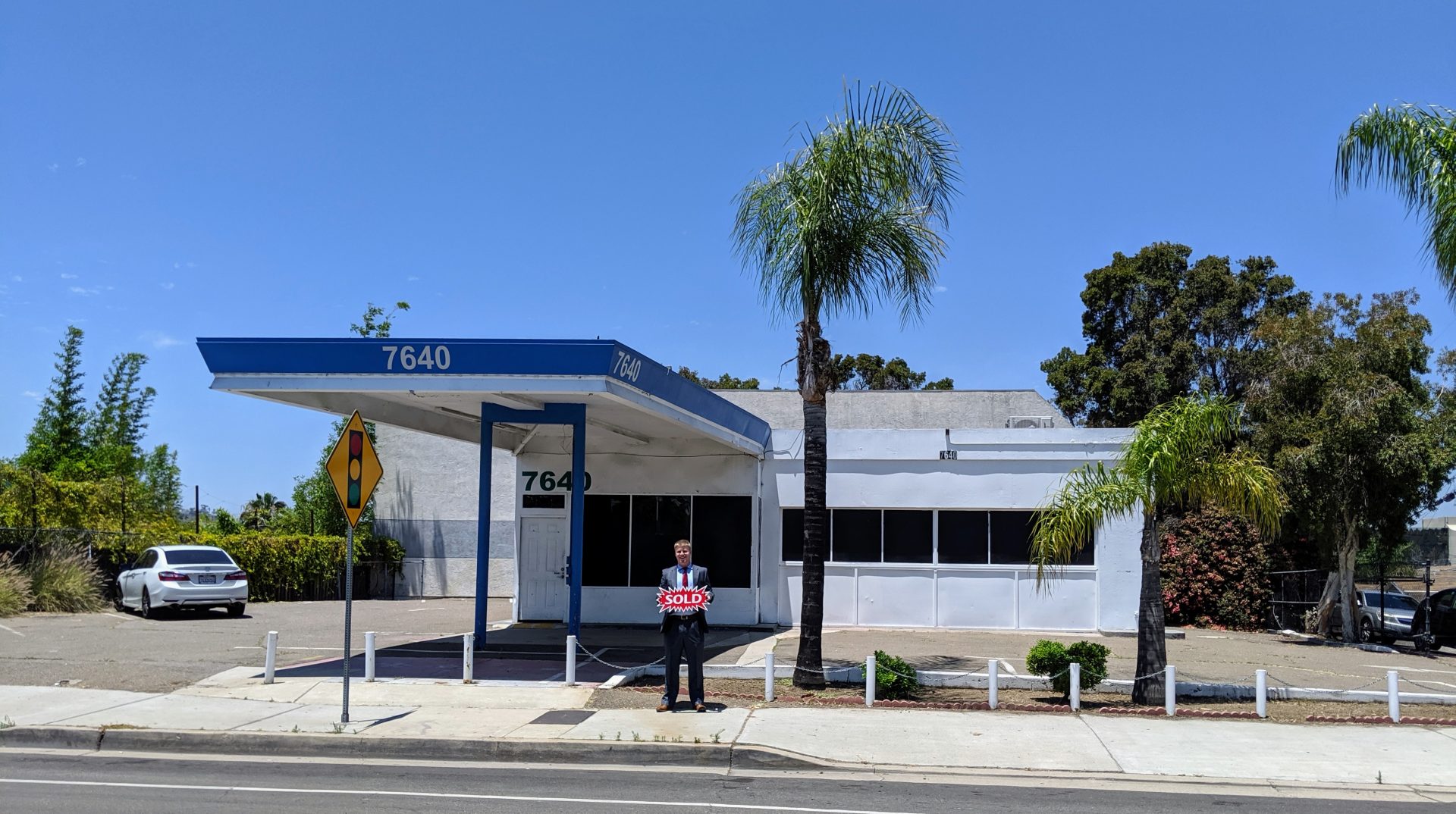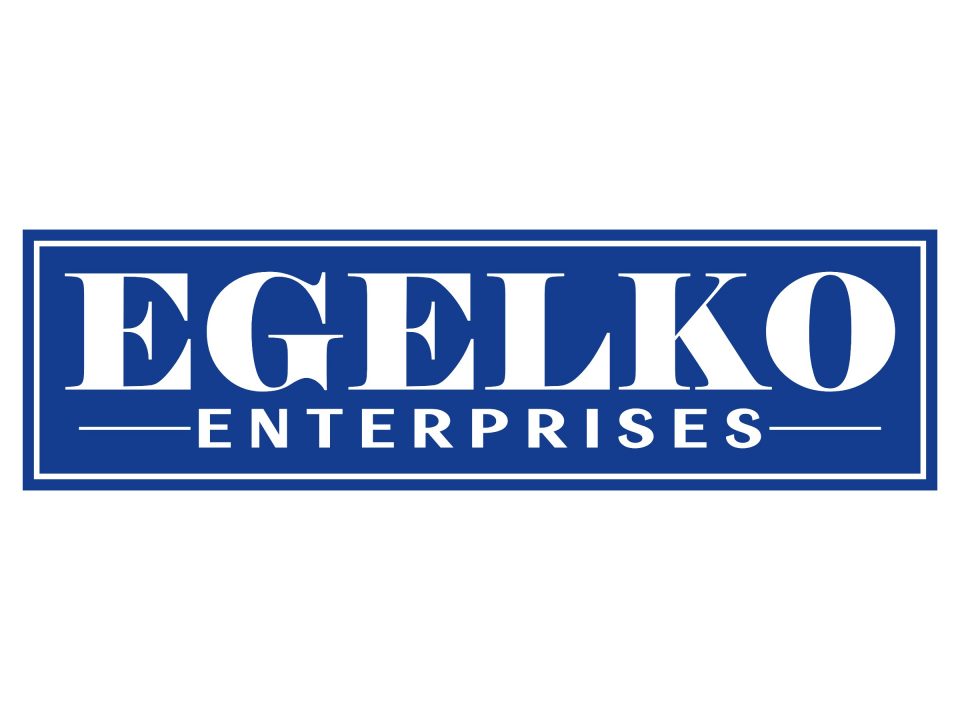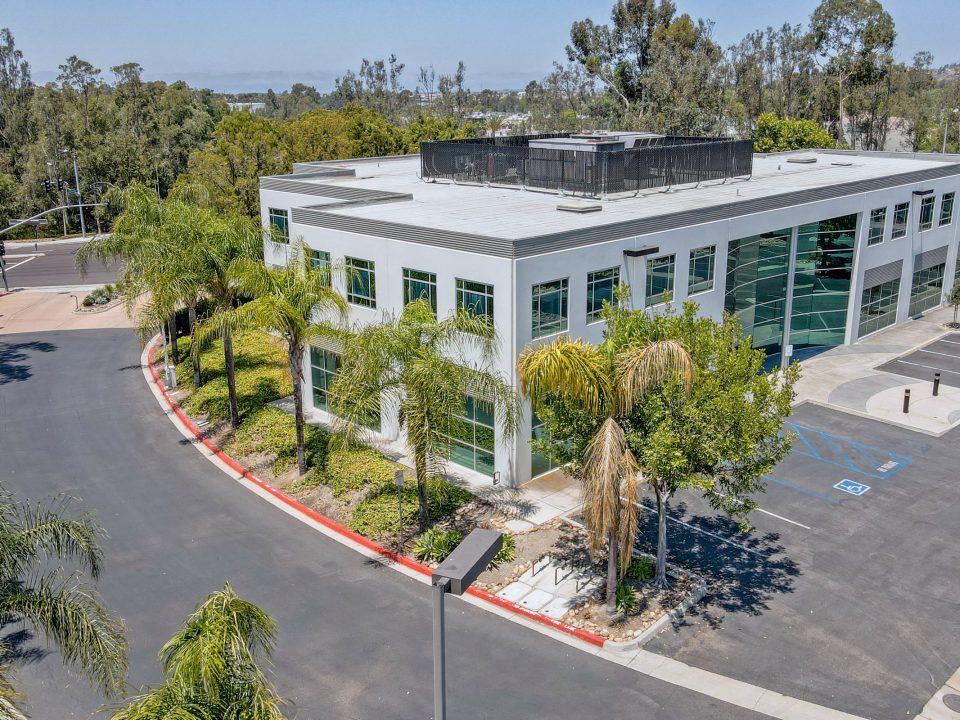
Chamber of Commerce Honors Erik Egelko – Real Estate as One of La Mesa’s Top New Businesses
August 22, 2019
SOLD: 320 G Street Chula Vista, CA 91910
October 9, 2019
Disclaimer: I am not an attorney and this article is not intended as a substitute for advice from the appropriate legal, zoning, financial, construction and/or tax professionals. This information is provided for educational purposes only and is made without warranties or representations
Article By JEFF CLEMETSON | Originally published in the La Mesa Courier 8/23/19
West La Mesa resident Erik Egelko has found a niche business in his home neighborhood —taking run-down properties and marketing them to developers who will turn them into businesses or housing. The real estate broker has found some recent success in this department, finding buyers for an El Cajon Boulevard property that had most recently housed an illegal marijuana dispensary and brokering a deal to turn a former retail building into a housing project.
Revitalizing La Mesa’s west side and replacing blighted properties with thriving businesses or housing is something that Egelko believes can be accomplished.
“There are maybe 20 troubled properties in west La Mesa, and that’s it,” he said. “It’s a super achievable goal to take these properties and put something better there. And with each one we do, more people are going to be interested in these properties.”
Although he sees the goal of turning around the west side as achievable, Egelko also thinks the city could be doing more to help make properties along University Avenue and El Cajon Boulevard more attractive to brokers and developers.
Red tape woes
Egelko points to his experience in brokering two west side properties as reasons for his criticisms of La Mesa’s red tape problem for developers.
Before it was brokered off to a housing developer, 7640 El Cajon Blvd. was a gas station in the 1950s, then a car dealership, and then an illegal marijuana dispensary.
“Then [the dispensary] got shut down and it was La Mesa’s worst piece of blight — there was grafitti all over it, there were homeless people there, there was trash.”
And in addition to the state of the property, Egelko said it was particularly difficult to sell because of a “serious lack of cooperation” on behalf of the city in terms of issuing a permit for any kind of business moving in. The property fell out of escrow five times before being bought by a developer who is consolidating it with a neighboring property into an already planned housing development.
“I had so many people who tried to [previously] buy this [property], but because the city’s process to get a permit was so expensive and so lengthy to get approval, it wasn’t feasible for anyone to make a deal there.”
One prospective buyer was a car dealership, which Egelko thought would make permitting easy considering there was another car dealership there as early as 2016 that operated the same use and required the same permit.
“But [the city] wanted this guy to get an architect, to do a traffic study, to do a noise study — spend tens of thousands of dollars on consultants to get a permit to put in a business there that was previously there.”
Another property, the old Light Bulb Centre at 7735 University Ave., Egelko had to broker twice because the first buyer ran into red tape that prevented the developer’s plan to turn the building into housing from being profitable.
“They exhausted themselves trying to get the city on board to do this,” Egelko said. “They burned through three different architects, they spent eight months going at trying to get it approved and the amount of money they were spending trying to go through the process was completely eating into the profits they were going to see if they were able to build it.”
That development group eventually sold the property to DLS Investments, a larger development company, who are converting the building into La Mesa Lofts — a seven-unit housing project that will be a mix of studios and apartments. However, large development companies or a neighboring project coming in to scoop up these small distressed properties and turn them around is the exception, not the rule, according to Egelko.
“Pieces of blight like this are too small for a major developer who has the patience and the resources and capacity to deal with all the city bureaucracy,” he said. “Most of the pieces of blight in La Mesa are smaller properties that it doesn’t make the financial sense to go through all the fixed red tape that’s associated with them.”
It is that conundrum that worries resident and activist Craig Reed, who leads a group called Envision La Mesa that is dedicated to revitalizing west La Mesa.
“West La Mesa, with the way things are now, requires a certain level of sophistication,” Reed said. “Mom and pops who come in, who live in the area and care about the area, to take a stab at it, they’re going to end up [giving up] under the current system.”
In other words, only smaller developers would be interested in these blighted properties, but only larger ones have the resources to do anything with them.
Some blight ideas
Egelko believes that La Mesa could make itself more attractive to small developers with a few changes to the permitting process.
One would be to consolidate down the types of businesses that need a conditional use permit (CUP) to open.
“Right now, tons and tons of businesses require conditional use permits,” he said. “Whereas, in San Diego, many of the businesses that require a CUP in La Mesa, in San Diego you just get a business license and you open up.
“No one would have closed on this speculating on getting the permit,” Egelko continued. “The landlord is not going to tie it up for eight months hoping someone is going to close on it. No one is going to pay rent on it for eight months hoping they’re going to get a permit.”

La Mesa City Manager Yvonne Garrett said that the city does offer a “quick check” process for simple, small projects that typically result in an over-the-counter approval. The real issue with the former car dealership property getting a quick permit for another car dealership had more to do with zoning.
“The particular matter that concerned Mr. Egelko was the requirement for a CUP to establish a car dealership in the Mixed-Use Overlay Zone (MU). The MU was established to foster revitalization and renewal along major transportation corridors and provide increased opportunities for housing,” Garrett said. “The intent was to establish a pedestrian-friendly street environment that is conducive to transit and is less auto-oriented. A CUP is required for a car dealership in the MU because this type of use has a high impact to the pedestrian- and transit-oriented intent of the MU, and a high impact to increased residential densities within the overlay. The CUP process provides the ability to properly analyze a car dealership use and ensure that the site and building design are consistent with the intent of the MU and to apply appropriate conditions to the use to ensure compatibility with a pedestrian-friendly environment and residential uses.”
Council member Kristine Alessio also agreed that the CUP issue would be better addressed with changes to zoning.
“A better way of dealing with that process would be to sit down with those who feel the CUP process is onerous and figure out if there needs to be changes to the underlying zoning to allow for uses that currently are allowed only with a CUP,” she said.
In this instance of the former car dealership, the city’s zoning worked out the intended way — the property will soon turn into housing, a preferred outcome in the city’s eyes.
Egelko also suggested another plan that would make development in the west side preferable to potential investors’ eyes by having the city give redevelopment projects there some degree of preferred status.
“If we had a sort of special consideration for smaller projects in blighted areas, where the city says, ‘In two weeks we’ll get you what you need to move forward’ — an expedited process — that would bring more people to look at La Mesa,” he said.
Garrett said a plan to do that would likely not work for two reasons.
“The challenge with expediting some projects over others is a fairness issue,” she said. “We have to treat all customers similarly and a program that gives preference to certain types of customers would be inappropriate.
“Additionally, for a lean city like La Mesa, providing a more comprehensive expediting process would require increasing staff levels to accommodate a quicker turnaround on plan check reviews,” she continued. “Increasing staff would have negative impacts on an already financially strapped city and would likely require an increase to permit fees, which is undesirable from the viewpoint of customers.”
Garrett said the city is committed to speeding up the permit process for new businesses and pointed to La Mesa’s recent acquisition and adoption of new permit software. With the new system, customers and citizens, for the first time, will be able to apply for permits and pay any required fees online. The new software will also speed up permit processes by efficiently routing the needed paperwork to appropriate offices.
Although major changes to the permit process like the ones Egelko suggests poses some challenges and resistance, one idea that both Egelko and Envisions La Mesa have proposed is starting to get some traction with the city — a storefront improvement program.

Storefront improvement programs are funds that business owners can access to improve or update their facades. If a business owner wants to purchase a new sign, or repaint their building, or modernize their look, the city would offer matching funds to complete those projects up to a certain amount. Egelko even suggested a revenue stream for such a program.
“La Mesa estimates that they will collect over $2 million a year in additional tax revenues from legal marijuana businesses. Let’s take 5% of that and improve the facades of all the blighted areas that were negatively affected by the illegal dispensaries,” he said.
The idea is being considered by the La Mesa City Council and a draft plan could be presented very soon.
“[Council member] Dr. Weber and I will be unveiling a plan to start a mini grant program for west La Mesa,” Alessio said. “It is our intent to fund it with the expense account money we get every year that we don’t use. That money rolls back into the general fund. Then we hope to also obtain Prop U monies. I’ve been drafting the plan since meeting with Envision [some] weeks ago and we hope to have it before the Council in September.”
Vice Mayor Bill Baber also voiced support for the plan.
“I support using funds raised from our new cannabis tax to clean up the sites of the old illegal pot shops in west La Mesa,” he said. “That was the type of community program we discussed when we approved that tax.”
Envision La Mesa’s Reed said plans to fund improvements to west La Mesa, or fixes to permit processes to spurn redevelopment along El Cajon Boulevard and University Avenue, would benefit the city as a whole, not just those living in the west end.
“These are the corridors to the Village area,” Reed said. “Are we showcasing our best foot forward by showing blight and other problematic areas? I don’t think that is really the image that La Mesa wants.”
La Mesa’s image and reputation are also of concerns to Egelko as he propositions potential buyers to develop the blighted properties in the west side — something he hopes that he, activist groups like Envision La Mesa and the city can work together to change.
“One of the obstacles that I have to overcome in any of these projects is just that the overall sentiment among the real estate community is that La Mesa is a difficult place,” he said. “If I’m a developer and I’m looking to build apartments, La Mesa is not my first choice just because it has a reputation of being very challenging. So I think changing that is going to encourage a lot more people to come here.”



